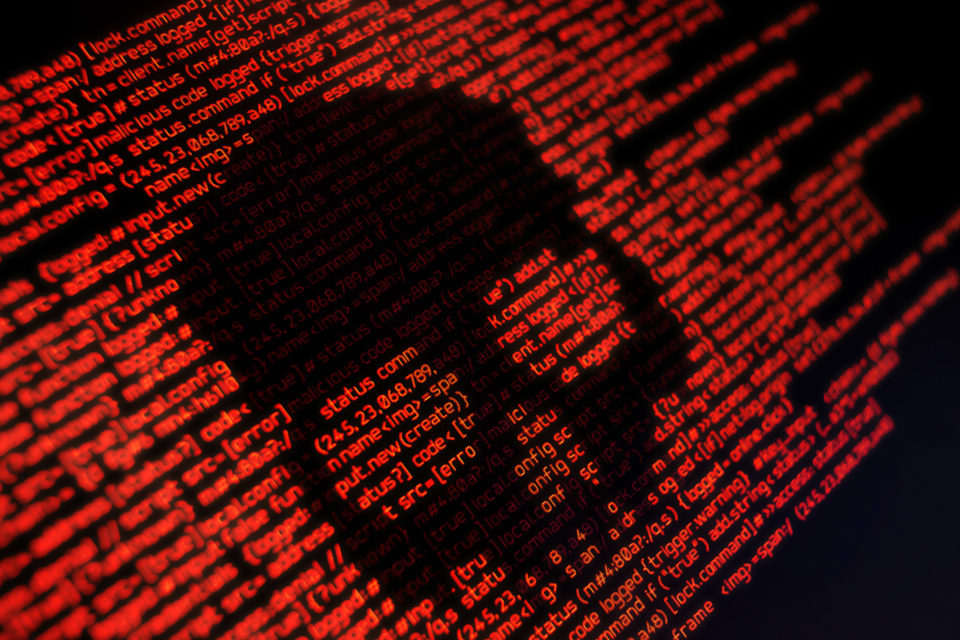IP Booters vs. DDoS attacks- What’s the difference?

IP booters and DDoS attacks these concepts may seem similar at first glance, but they have distinct characteristics and implications. The primary function of an IP booter is to generate and direct a substantial amount of network traffic to a target. This can be done through various protocols, including UDP (User Datagram Protocol), TCP (Transmission Control Protocol), and HTTP (Hypertext Transfer Protocol). The user often adjusts the intensity and duration of the traffic, allowing for customized testing scenarios. While some IP booters claim to operate within legal boundaries for network testing purposes, their potential for abuse has led to increased scrutiny and regulation in many jurisdictions.
Exploring DDoS attacks
DDoS attacks Service, a more severe and explicitly malicious form of network disruption. Unlike IP booters, which may have legitimate uses, DDoS attacks are inherently designed to cause harm and disrupt online services. These attacks involve coordinating multiple compromised devices, often forming a botnet, to overwhelm a target with an enormous traffic volume.
What does an stresser do in comparison to a DDoS attack? While both aim to overload a target, a stresser typically operates on a smaller scale and may be used for testing. On the other hand, DDoS attacks are designed to cause maximum disruption and often involve sophisticated techniques to evade detection and mitigation efforts.
Key differences
- Scale and complexity- IP booters are generally more straightforward tools that operate on a smaller scale. They typically generate traffic using a single server or a limited number of servers. DDoS attacks, conversely, involve thousands or even millions of compromised devices, creating a much larger and more complex attack surface.
- Intent and legality- IP booters exist legally in a grey area. While they are used for legitimate network testing, their potential for misuse has led to increased regulation. Some providers claim to operate within legal boundaries by requiring user verification and limiting attack durations. DDoS attacks, however, are unequivocally illegal in most jurisdictions and are considered a serious cybercrime.
- Sophistication- DDoS attacks often employ advanced techniques to maximize their impact and evade detection. These may include IP spoofing, traffic amplification, and multi-vector attacks that target different vulnerabilities simultaneously. IP booters, while potentially harmful, generally need more sophistication.
- Duration and persistence- IP booter services typically limit the duration of their “tests” to avoid legal issues. DDoS attacks, driven by malicious intent, persist for hours, days, or weeks, causing prolonged disruptions to targeted services.
Impact and consequences
Both IP booters and DDoS attacks have consequences for targeted systems and organizations. However, the scale and intent behind DDoS attacks often result in more severe impacts:
- Financial losses- Prolonged service disruptions lead to substantial revenue losses, especially for e-commerce platforms and online services.
- Reputational damage- Attacked organizations may suffer damage to their reputations, potentially losing customer trust and business opportunities.
- Operational disruptions- Both attacks disrupt normal business operations, affecting productivity and service delivery.
- Legal and regulatory issues- Organizations face consequences if they fail to protect customer data or maintain service level agreements due to attacks.
The line between IP booters and DDoS attacks may blur as cybersecurity threats evolve. Some IP booter services have been found to offer capabilities that rival those of DDoS attacks, raising concerns about their potential for abuse. Law enforcement agencies and cybersecurity professionals are focusing on shutting down these services and prosecuting those who use them maliciously.







